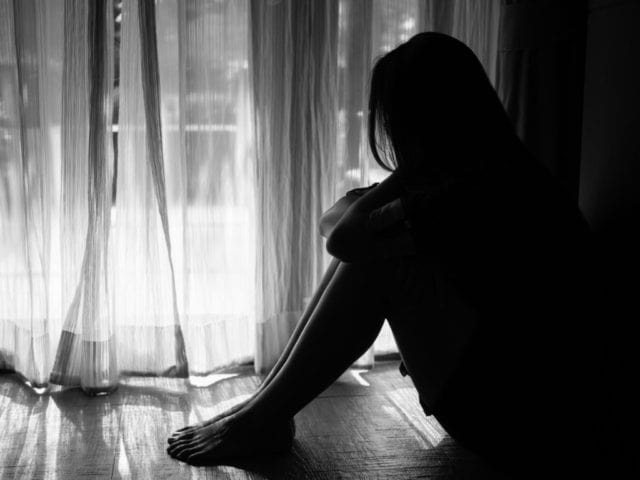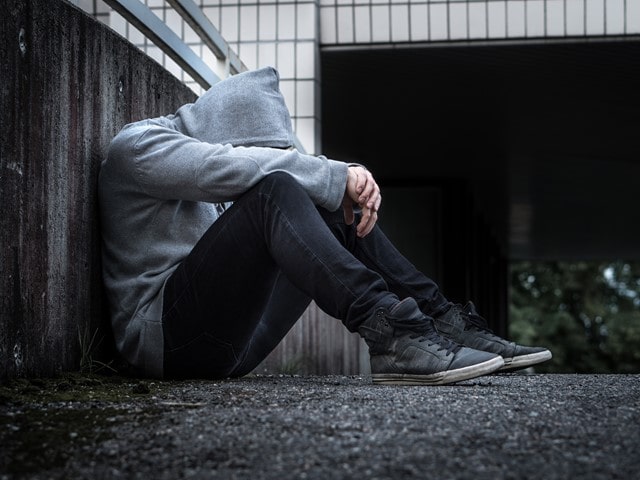Depression with psychotic symptoms, also known as psychotic depression, is currently classified as a form of major depression, however, there are a number of factors that support its role as a separate diagnostic entity (Nietola, et al., 2018). Despite the fact that it is a severe disease with a prevalence between 0.35 and 1% and with a high mortality rate and a severe profile, it remains unknown (Jääskeläinen, et. al, 2018).
The average age of onset in early adulthood is around 45 years and affects more women than men. It has been associated with a worse long-term prognosis and higher rates of suicide attempts, suicide, and suicidal ideation than, non-psychotic depression (Costa, et al., 2020).
Symptoms of psychotic depression
The most common symptoms that usually occur are:
- Fatigue, exhaustion, or loss of energy.
- Loss of interest in things.
- Sleep problems, sleeping a lot, or on the contrary having insomnia.
- Feeling useless or guilty, feelings that can become external, for example, the person may be convinced that he/she is in the way or is a burden for the people around him/her, without any evidence to that effect.
- Attention and concentration problems.
- Decreased or increased appetite.
- Feelings of emptiness and sadness most of the time.
- Thoughts about death.
- Suicidal ideation.
- Delusions and hallucinations, for example, the person may be convinced that he or she is guilty of something or that he or she has committed some kind of crime. Delusions and hallucinations are almost always a reflection of the person’s deeply depressed mood.
- Psychomotor problems can range in extremes, i.e., they cannot sit still or relax, or on the contrary, they are too slow both psychomotor and mentally.
What are the causes of psychotic depression?
Currently, there is no known specific cause for depression in general, nor for this type of depression. On the contrary, it is proposed that the causes are multifactorial, such as traumatic events in childhood, stressful events such as bereavement, divorce, serious illness, financial concerns, or genetic factors.
Diagnostic problems
This type of depression is often underdiagnosed:
- Psychosis can be subtle, intermittent, or hidden.
- It is often confused with non-psychotic depression and other psychotic disorders.
- Patients with psychotic depression are different from other patients with psychosis in that they often recognize that their thought processes are faulty, are ashamed, and keep their unusual thoughts and feelings to themselves.
Difficulties in their diagnosis, are a problem in clinical practice, as failure to identify them leads to inadequate treatments and helps symptoms to worsen (Heslin & Young, 2018).
To overcome these types of difficulties, it has been suggested, for example, to ask the patient about any irrational concerns they have, such as psychotic beliefs without labeling these beliefs or thoughts as such, which would help the patient feel more comfortable disclosing them. It is also suggested to ask the patient’s permission to talk to his or her family, with the aim of eliciting unusual thoughts or experiences in the patient, so that paranoid symptoms can be identified.

Assessment scales adapted for this type of depression can also be used.
Treatment
Psychotic depression has a low rate of spontaneous recovery; moreover, because of the high mortality risk associated with suicidal ideation, it becomes necessary to treat it with medication.
The pharmacological approach to psychotic depression depends on whether psychosis is conceived as one end of a continuum of severity in depression or as a distinct entity (Heslin & Young, 2018). If psychotic depression is a distinct disorder, it is necessary to prescribe treatment for both psychosis and depression; which includes tricyclic antidepressants and/or first-generation antipsychotic drugs (neuroleptics).
In contrast to less complicated forms of depression, it has been known for some time that the response is negligible to psychological psychotherapy as a sole treatment, so complementary and combined therapies are often used, for example, therapies including behavioral activation, acceptance, and commitment therapy, and acceptance-based therapy for depression and psychosis.


